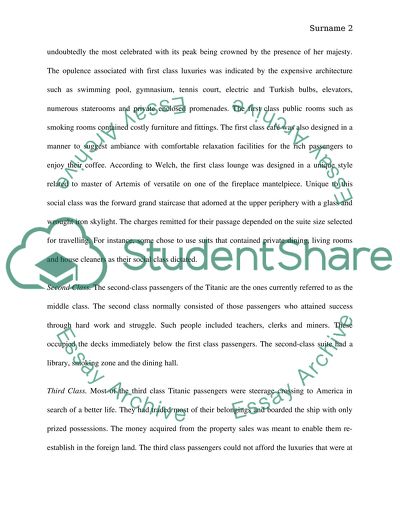Cite this document
(“Social Classes on the Titanic Research Paper Example | Topics and Well Written Essays - 2500 words”, n.d.)
Retrieved de https://studentshare.org/sociology/1400955-social-classes-on-the-titanic
Retrieved de https://studentshare.org/sociology/1400955-social-classes-on-the-titanic
(Social Classes on the Titanic Research Paper Example | Topics and Well Written Essays - 2500 Words)
https://studentshare.org/sociology/1400955-social-classes-on-the-titanic.
https://studentshare.org/sociology/1400955-social-classes-on-the-titanic.
“Social Classes on the Titanic Research Paper Example | Topics and Well Written Essays - 2500 Words”, n.d. https://studentshare.org/sociology/1400955-social-classes-on-the-titanic.


